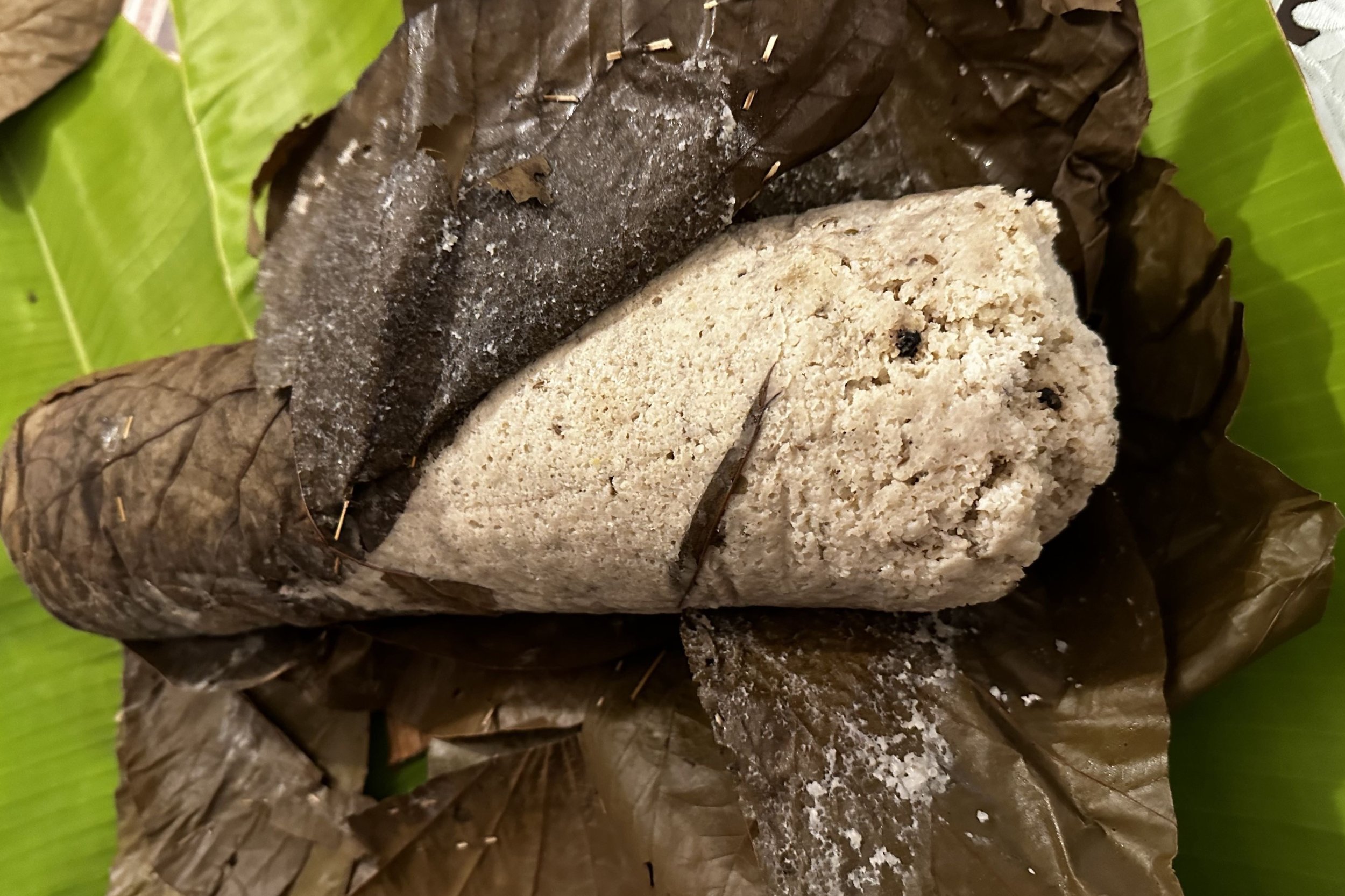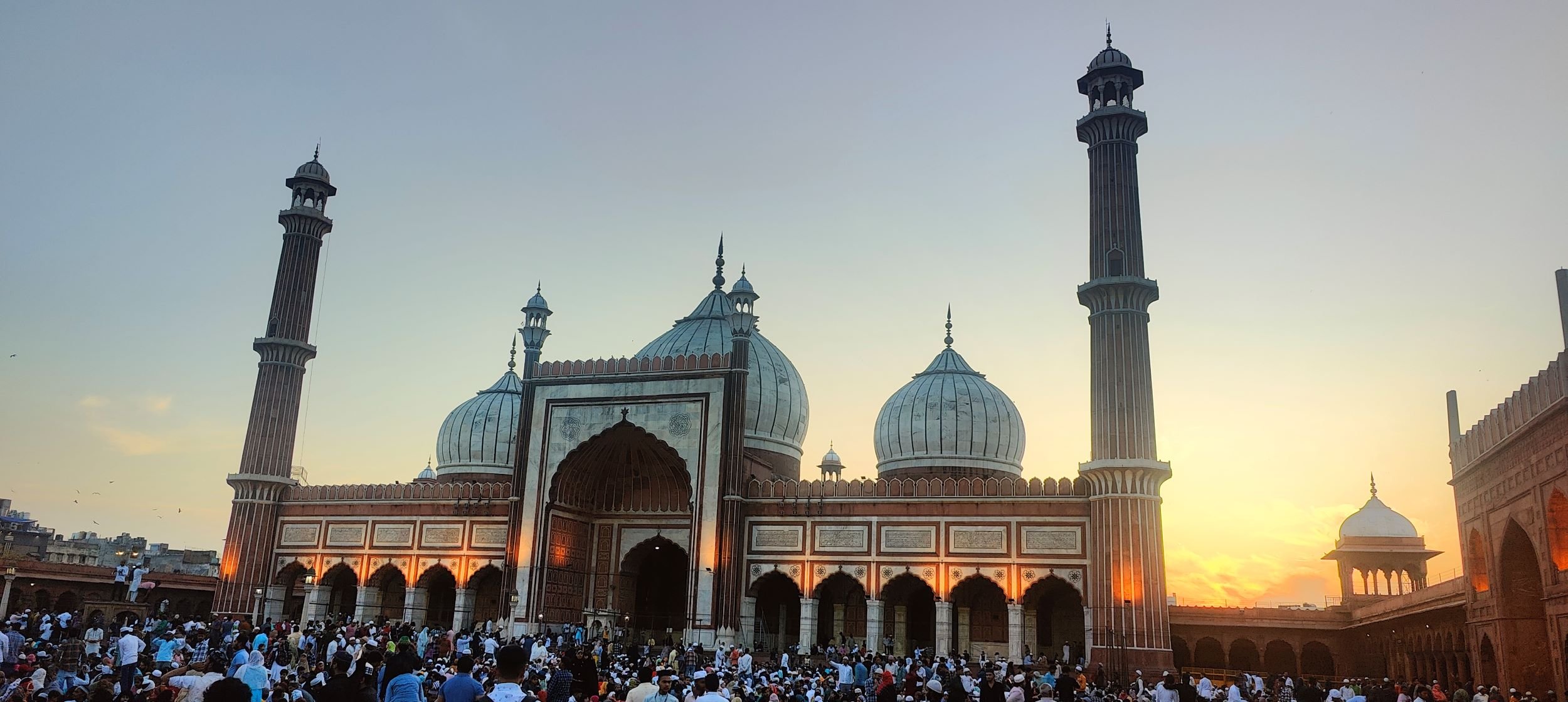Atharasa: A Deep-fried Rice & Jaggery Delicacy

Making atharasa, a delicious deep-fried pastry beloved from Odisha to Tamil Nadu, can be time-consuming and laborious. But with a few pro-tips, you can nail the perfect texture.
Atharasa, a beloved deep-fried pastry made across several regions, is known by various names — atharasa or kajjaya in Karnataka; ariselu in Telangana and Andhra Pradesh; adhirasam in Tamil Nadu; anarsa in Maharashtra as well as Bihar; and arisa pitha in Odisha. With a crisp exterior, and a soft, yielding centre, regional variations include the addition of sesame seeds, poppy seeds, a small amount of mashed banana, and some times, a dash of pepper to the batter.
A must-have for most festive occasions, atharasa is prepared for Shankranthi and Deepawali in the south, and also for other family celebrations. “A wholesome dish, made from rice and jaggery, adhirasam is a traditional dessert, associated with paddy cultivation and the celebration of a successful harvest,” explains Chef Ramasamy Selvaraju, Executive Chef at Taj Yeshwanthpur, Bangalore.
Atharasa has significant cultural and religious relevance as well. In Odisha, it is a part of religious ceremonies, and considered an auspicious offering to Lord Jagannath. It occupies pride of place in the holy Chhapan Bhog feast offered at the temple. It is also offered during the annual festival of the Panchavarnesvar Temple in Nallur, near the temple town of Kumbakonam.
During the period of Adhika Masa (which roughly translates to an extra month in the year, every three years, due the reconciliation of the solar and lunar calendars), the offering of 33 atharasas (called ‘apoopa’ in this ritual) is an important ceremony for Madhwa Brahmins.
The making of atharasa can be laborious and time-consuming. “To really get it right, the texture of the batter must be perfect — the rice flour (ideally, home-made) needs to have the right amount of moisture, and the jaggery syrup should be a very specific consistency.” says Sandhya Rao, a home-cook in Bangalore who has been making atharasa for years.
The versions made in Karnataka and Tamil Nadu do not include poppy seeds or sesame seeds, and is shaped into a flat disk.
Recipe: Atharasa
Ingredients
1 cup raw rice
1 cup powdered jaggery
3/4 cup water
1 tsp pepper (optional)
Cooking oil to fry
Method
Soak the rice for 4-6 hours with enough water to cover. You can also soak it overnight but ensure you change the water every 4 hours to avoid fermentation.
Drain the water and dry the rice on a clean cloth under the shade. Do not dry in the sun.
When the rice is still moist, transfer to a mixer, and grind into a fine powder. If it is not finely powdered, use a sieve to retain only the fine powder. Cover and set aside, so that the flour retains its moisture.
Heat water in a thick-bottomed pan, and when it begins to boil, add in the jaggery powder.
Keep stirring until the syrup thickens; check the consistency by dropping a small quantity of the syrup in cold water. If the jaggery coagulates into a ball, switch off the flame. Boil it for a couple of minutes longer, if it hasn’t reached this consistency, and test again.
Now add the rice flour into the syrup slowly, in batches, and mix well. Add pepper and mix to combine.
The batter should be loose and moist. Transfer this into an air tight container and allow to rest for 12-14 hours. The dough then becomes soft. If it is too hard, you can add a small quantity of mashed banana to make it soft again. If it is too watery, add a tablespoon of wheat/refined flour to make it soft.
Divide into the dough lemon size balls. Grease a plastic sheet and your fingers. Place the ball on the sheet, and pat it down to a poori size, and deep fry in hot oil. Allow to simmer for a while until the insides are cooked. Flip over till both sides are golden brown.
ALSO ON THE GOYA JOURNAL







